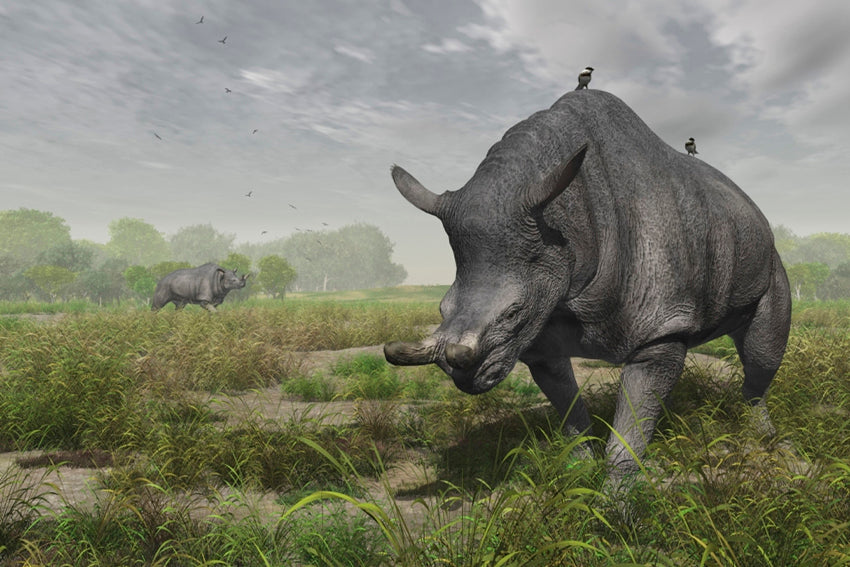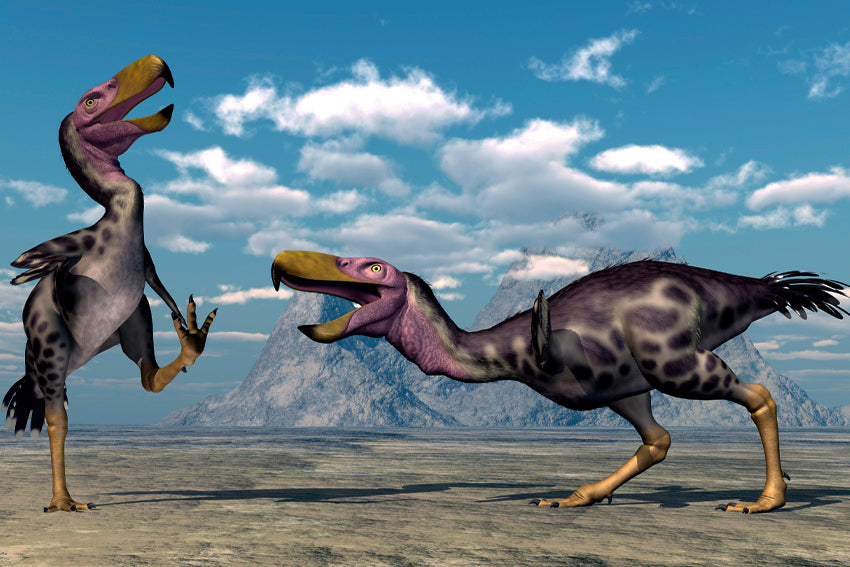The Quaternary period is the last geological era that began approximately 2.6 million years ago and continues to the present day and is divided into two geological epochs, the Pleistocene and the Holocene.
The Pleistocene is the period of the Cenozoic spanning from the late Pliocene (approximately 1.8 million years ago) to the early Holocene (approximately 11,500 years ago). Covers the time of the recent ice ages. Its end coincides with the end of the Paleolithic, according to the terminology used in Archaeology.
The continents were already basically in their present positions during this period.
The climate was characterized by a repetition of glacial cycles, with ice reaching very low latitudes in some places. It is estimated that, during the maximum extension of the ice age, 30% of the Earth's surface was covered by ice.
Each of these advances of the glaciers caused a drop in the level of the oceans, of even more than 100 m, favoring the creation of land bridges between normally isolated areas.
However, the desert areas were also drier and more extensive, due to the scarcity of rainfall caused by little evaporation from the oceans.
Both marine and continental fauna were essentially modern. Evidence indicates that humans evolved into their current form during the Pleistocene.
A major extinction began in the late Pleistocene and continued through the Holocene. It included large mammals such as mammoths, mastodons, saber-toothed tigers, glyptodonts, cave bears,... It is possible that man was involved in some of them, for example, those that took place in America.
The Holocene is the last period of the Cenozoic era. It covers from the end of the Pleistocene (approximately 11,500 years ago) to the present.
The Holocene begins with the retreat of the last Pleistocene glaciers. Human civilization develops throughout this period.
The divisions of the Holocene are not carried out according to the different fossil faunas, as is done in other periods, but according to the different stages of development of humanity.
The movements of the continents are practically negligible in a period of only 10,000 years. However, the sea level did vary significantly at the beginning of the Holocene with respect to the Pleistocene (around 35 m), due to the melting of the ice. This was also contributed to by the fact that many areas located in northern latitudes had sunk due to the weight of the glaciers, now rising again to 180 m, and this process of elevation continuing today.
The flora and fauna have not evolved much during the Holocene, but there have been important changes in the distribution of plants and animals, some of them as a consequence of human action.

Considerable numbers of large mammals, including mammoths, mastodons, megatherians (giant ground sloths), and saber-toothed tigers, disappeared between the late Pleistocene and early Holocene, mainly in North America, where extinction reached animals that survived in other parts of the world. planet, such as horses or camels.
The beginning of the Holocene corresponds to the beginning of the Mesolithic epoch in Europe (or the shorter Epipaleolithic in the Middle East).
The Neolithic and Chalcolithic follow these periods. But the study of these periods falls outside the scope of Paleontology, being the object of Archaeology.




Share:
Neogene period
Paleogene period